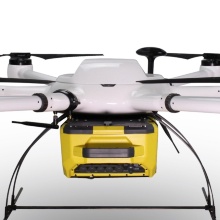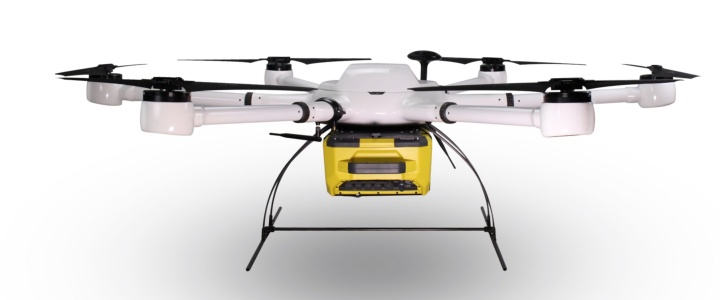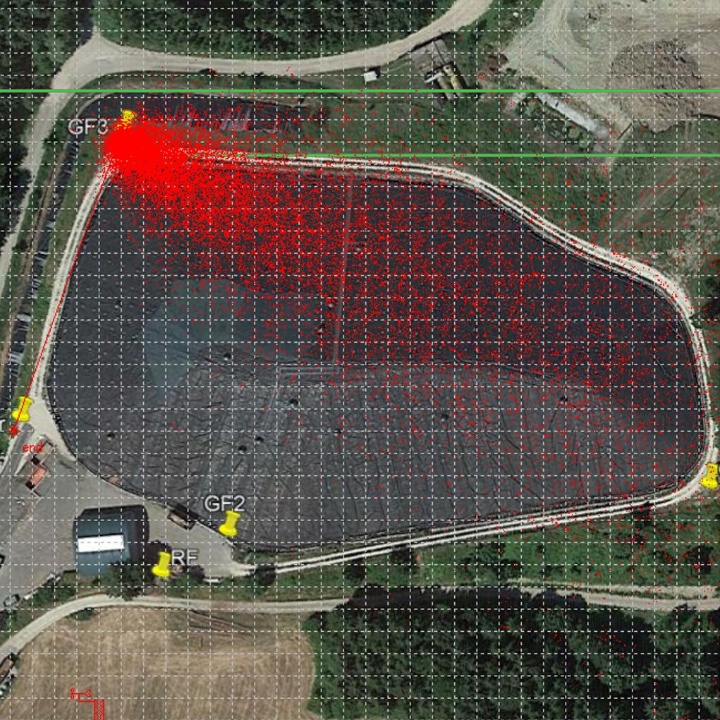Landfills emit greenhouse gases from their surfaces such as methane. A new remote sensing method from the University of Stuttgart now makes it possible to record the concentration of emissions more comprehensively and model their propagation more precisely. The technology consists of a heavy-duty drone and an infrared measuring method known as Fourier-transform infrared spectroscopy (FTIR). It can be used for a variety of climate-relevant gases and also in other areas of application, for example in biogas and composting plants, at livestock farms, and even for surveying reservoirs.
Climate-relevant gases such as methane, nitrous oxide, and carbon dioxide are released into the environment in a variety of processes and from a wide range of sources, for example through landfills or biogas plants. In order to be able to carry out climate protection measures in a targeted and effective manner, the levels of pollutants have so far been recorded within the scope of selective measurements on-site at the plant or along the measuring sections on the lee side of the plant, and extrapolated to the total emissions. However, such measurements are random and therefore inaccurate.
“What we need is a measuring method with which we can record and model the plume at all heights and under different wind conditions,” explain Imke Wessel and Martin Reiser from the Institute for Sanitary Engineering, Water Quality and Solid Waste Management at the University of Stuttgart. By combining a drone with coupled Fourier-transform spectroscopy (FTIR), the Stuttgart researchers have now come a good deal closer to this goal. The new measuring system can be carried flexibly to any point at a variable altitude and circle one or more emission sources. This enables a targeted and detailed measurement of the waste gas plume itself as well as the background concentrations. In addition, the measurement flights are quickly accomplished: two to three hours on a few days a year are enough.
The system was made possible by two innovations: First, the carrying capacity of heavy-duty drones has recently increase and second, a “full” FTIR weighing less than 10 kg has recently become available.
The drone is currently being used in a research project for the “metrological examination of the success of climate protection projects at waste disposal sites” (MÜDSE), funded by the Baden-Wuerttemberg Ministry for the Environment, Climate and Energy Management. As part of further research, it is now to be clarified what adjustments need to be made in the modeling of gas propagation or in the back calculation to the actual greenhouse gas emissions released.
| Contact | Dr. Martin Reiser, Imke Wessel, University of Stuttgart, Institut for Sanitary Engineering, Water Quality and Solid Waste Management (ISWA), Emissions department, phone: +49 (0)711/685 65416, -65409, email: martin.reiser@iswa.uni-stuttgart.de, imke.wessel@iswa.uni-stuttgart.de |
|---|




